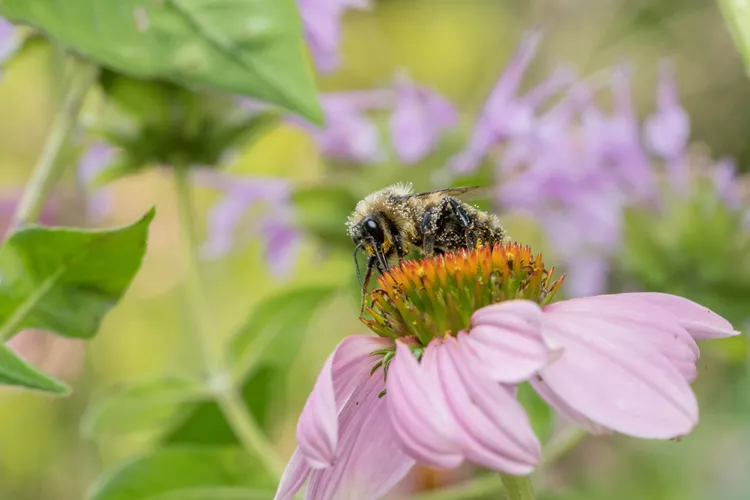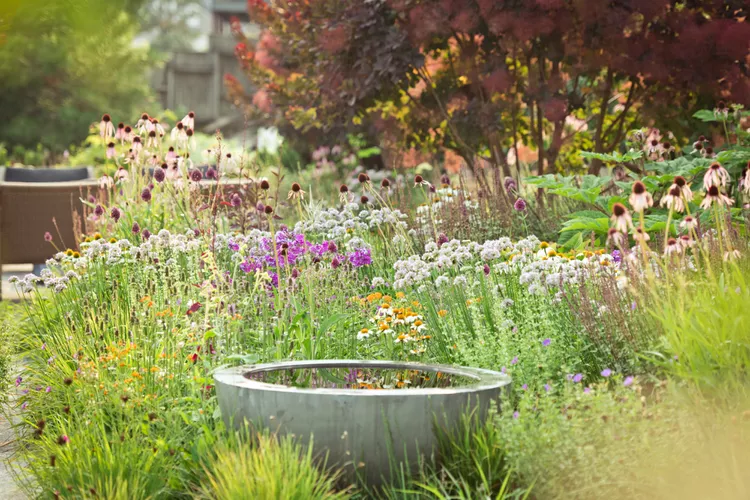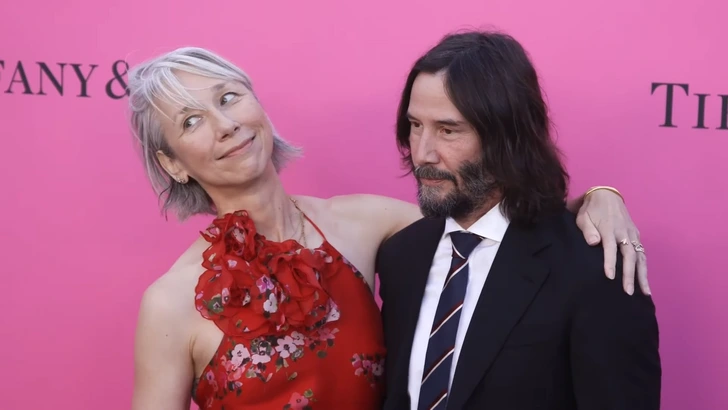A well-designed pollinator garden will help beneficial insects and other fascinating wildlife thrive.

Traditional yards with pristine lawns and few plants act as ecological deserts. However, it doesn’t have to be this way. Installing a pollinator garden is one effective way to make your yard better for wildlife. Pollinator gardens are designed to attract beneficial insects, such as butterflies and bees, and support them throughout all stages of their life cycle, from eggs to larvae to adults. In return, pollinators boost the health and productivity of our gardens. Pollinator gardens should provide food, shelter, and safety. Here are some tips for providing these essentials in your yard.

Provide Food for Pollinators
To complete their life cycles, pollinators need the right kinds of plants around to fuel their development.
Plant native plants.
“Native plants are important to pollinators in a region because they’ve evolved with them,” says Susan Carpenter, native plant garden curator at the University of Wisconsin-Madison Arboretum. Because of this, they end up supporting a greater diversity and abundance of insects than non-native plants. Carpenter also advises avoiding non-native plants that may seem like they’re helpful to pollinators, such as butterfly bush (Buddleia spp.), but actually aren’t as beneficial as natives.
When selecting native plants, it’s important to plant ones that bloom at different times to ensure that pollinators have a consistent food source throughout the growing season. It’s also helpful to know about the life cycles of the pollinators you’re trying to attract. For example, if you’re specifically trying to support monarch butterflies, you’ll want to incorporate plants into your garden to feed the butterflies at both the caterpillar and adult stages.
Carpenter notes that people “sometimes get frustrated because they’re trying to force the native plants into more of a [traditional] garden mold where things stay the same.” To avoid this, embrace that your native plants may look and act a little different from what you’re used to. You can find lists of native, pollinator-friendly plants that are suitable for your area through the Xerces Society and Pollinator Partnership.




